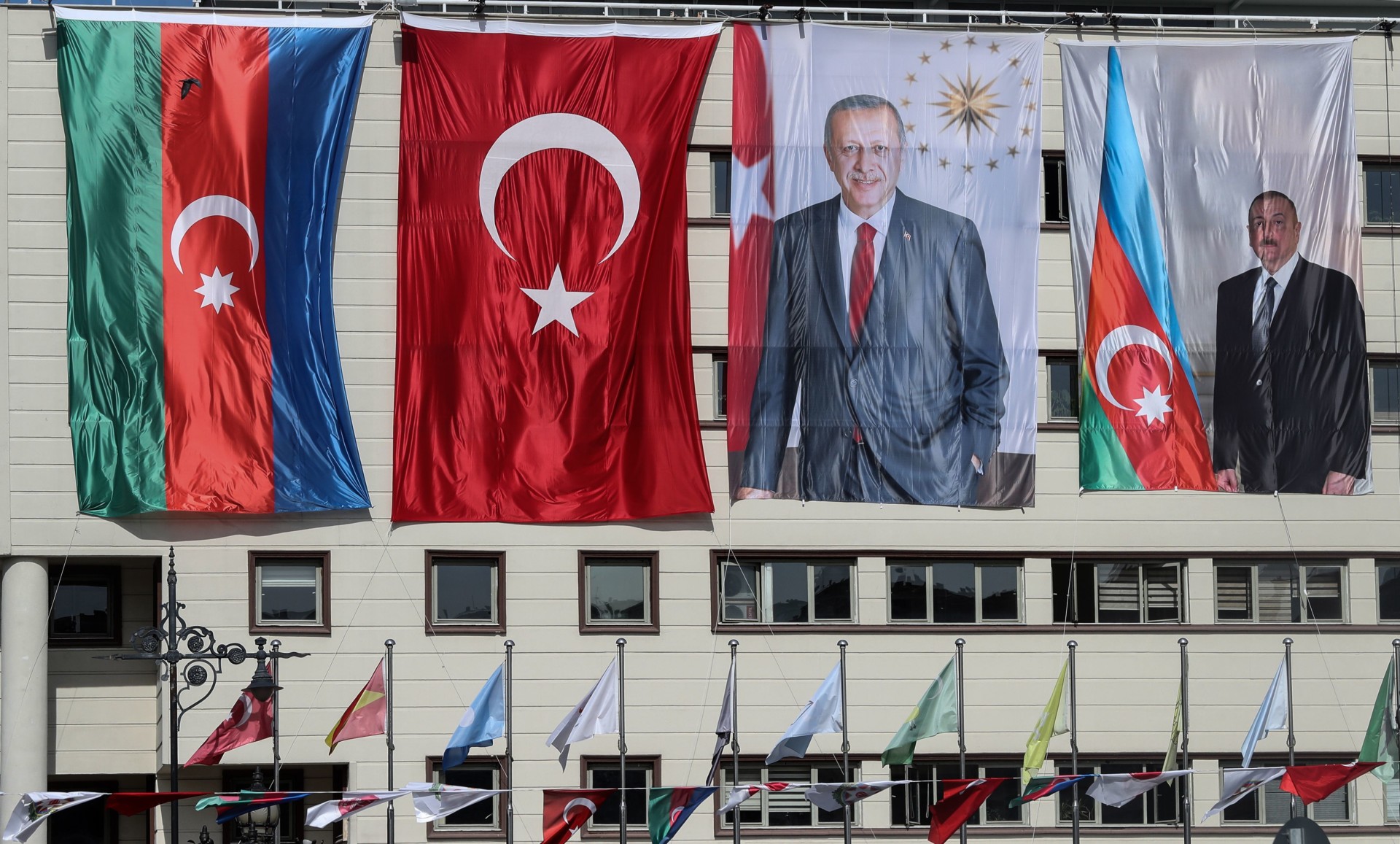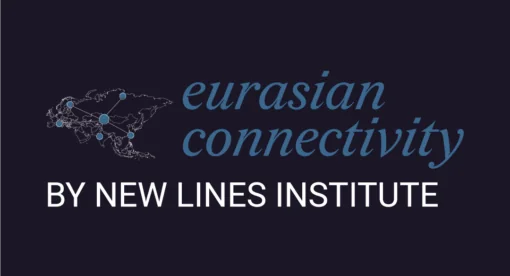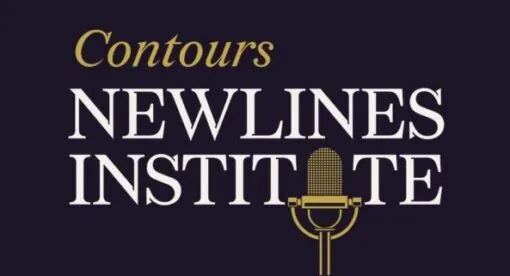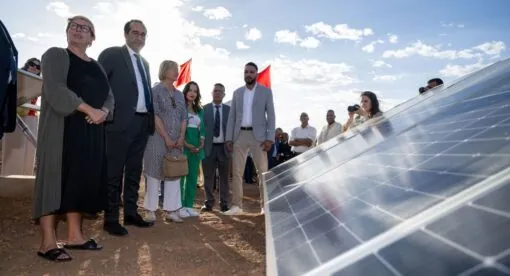Following the outbreak of the most deadly fighting between Armenia and Azerbaijan over Nagorno-Karabakh in decades and a subsequent comprehensive cease-fire agreement, a new phase of the conflict has begun. Russia and Turkey are certain to play a more direct role, and the complex relationship between Moscow and Ankara will prove instrumental in shaping the trajectory of the conflict moving forward.
In this context, the United States should carefully balance these two players in an effort to prevent a return to hostilities while safeguarding and advancing its own interests in the strategic Caucasus theater.
The New Reality in Nagorno-Karabakh
In late September, the long-simmering conflict between Armenia and Azerbaijan over Nagorno-Karabakh exploded into all-out war, with the fighting reaching levels not seen since the initial conflict over the breakaway territory from 1988 to 1994. Azerbaijani forces launched a major offensive that led to the capture of significant territory in and around Nagorno-Karabakh. Nearly 5,000 people have been killed and more than 90,000 have been displaced. The fall of the strategic town of Shusha, just a few kilometers from the capital of Stepanakert, in early November proved to be a major turning point in the war, indicating to Armenia that the entire territory could soon be lost.

On Nov. 9, a cease-fire agreement was reached between the leaders of Armenia and Azerbaijan that was brokered by Russian President Vladimir Putin. Under the agreement, Armenia would cede control of three districts surrounding Nagorno-Karabakh – Agdam, Kalbacar, and Lachin – in addition to the territory it had already lost to Azerbaijan in the six weeks of fighting. The agreement also called for the deployment of nearly 2,000 Russian peacekeepers for an initial period of five years to oversee the cease-fire and the transfer of territory from Armenia to Azerbaijan, as well as the establishment of a joint center between Russia and Turkey to monitor the implementation of the cease-fire.
The conflict, which was preceded by an escalation in fighting in July, confirmed an earlier Newlines Institute forecast that this year would go beyond “business as usual” in Nagorno-Karabakh in what has been one of the longest-running frozen conflicts in the former Soviet space. While the parameters of the conflict were largely locked into place for much of the past three decades – with Armenia pushing to maintain the status quo and Azerbaijan unable to effectively challenge it – several factors made a breakthrough possible for Baku to redraw the Nagorno-Karabakh map.
One was a more active role played by Azerbaijan’s primary ally, Turkey, which went beyond its usual rhetorical backing and ramped up support for Baku with key assets like drones, as well as the reported transfer of mercenaries from Syria to the conflict space to assist Azerbaijani forces. Another factor was the culmination of a longer-term strategy by Azerbaijan to build up its military forces over the years in order to execute a military solution, with Baku seeing that the diplomatic route to resolving the conflict had not resulted in any progress. Additionally, the economic and political pressures from the COVID-19 pandemic left the Azerbaijani government feeling the need to act decisively to assuage growing pressures on the home front, and the stars aligned for Baku to take just such an action in a Turkish-supported offensive to reclaim much of its lost territory.
Another key element to facilitating the new reality in Nagorno-Karabakh was Russia, which effectively remained neutral during the conflict. While Moscow is an official ally of Armenia and has an obligation to come to Yerevan’s defense as part of the Collective Security Treaty Organization, this treaty applies only to Armenia proper and thus does not obligate Russia to intervene on behalf of Nagorno-Karabakh. Beyond this legal interpretation, there was also a strategic calculation for Russia to not intervene militarily. Moscow’s primary interest in the Nagorno-Karabakh conflict is not to resolve it but rather to hold significant influence over both Armenia and Azerbaijan. With Russia seeing the writing on the wall – that Armenia was no longer able to militarily resist Azerbaijan’s offensive and that Moscow could no longer help Yerevan drag its feet diplomatically in negotiations – the Kremlin’s own calculus changed.
Thus, it was no coincidence that Russia was able to step in swiftly to mediate the new terms of the conflict – terms that facilitated an even more direct role for Moscow in the form of the deployment of peacekeepers. Russia was able to stop Azerbaijan from taking complete control of Nagorno-Karabakh (with the potential for a direct Russian military intervention against Azerbaijani forces as the likely explanation for Baku’s acceptance of the deal), thus getting both Armenia and Azerbaijan to agree to the cease-fire. This gave Russia a diplomatic victory – demonstrating its continued role as the primary external power in the region – without having to directly participate in the military hostilities between Armenia and Azerbaijan.
It also served as a reminder of the geopolitical realities in the region: that after multiple attempts at diplomatic intervention by the West, including the United States and France, which are official parties to the OSCE Minsk Group tasked with diplomatically negotiating an end to the conflict, it was ultimately Russia that shaped and executed the parameters of the cease-fire agreement. This is because Russia has not only substantial political influence in the region but also the ability and willingness to back it up with hard power. This was also the case, albeit to a lesser extent, with Turkey, and not at all for the United States and Europe.
An Uncertain Future
Over a month into the cease-fire, the agreement has largely held and fighting has subsided.
The implementation of the territorial components of the agreement has now been largely completed, with Azerbaijani troops entering the Lachin district on Dec. 1 following their deployments to Agdam and Kalbacar on Nov. 20 and Nov. 25, respectively. Russian peacekeepers were quickly dispatched to various theaters in and around Karabakh and now play the role of enforcing the cease-fire and facilitating population movements.
However, there remain many uncertainties over the broader aspects of the conflict moving forward. One question is the status of Nagorno-Karabakh itself, which was not clarified in the cease-fire agreement. Currently, Armenia retains control of the capital of Stepanakert and some surrounding territories, but it is not clear if and for how long those areas will remain under Armenian control. The presence of Russian peacekeepers are likely to check any Azerbaijani aspirations to seize more territory by force, including the Lachin corridor, which is crucial for Armenia’s transit and logistical connections into the region. However, the manner of interaction between Russian peacekeepers and any potentially hostile Azerbaijani forces is also uncertain – which is likely not a coincidence, giving Moscow more room for maneuver and Baku more cause for restraint.
There is also uncertainty related to the political situation in Armenia proper. Prime Minister Nikol Pashinyan has come under significant political pressure as a result of the loss of territory, with major protests breaking out in Armenia following the cease-fire agreement and several officials calling for his resignation. There has been a reshuffle of major security and political officials in recent weeks, and Armenian President Armen Sarkissian has called for new parliamentary elections. The agreement has effectively made Armenia even more dependent on Russia’s goodwill, putting Pashinyan in an even more complex political position given the nature of his rise to power in a popular revolution that was commended by the West. Thus, there is potential for significant changes to the Armenian government moving forward, and with it, the stance of Yerevan regarding its role in the implementation of the cease-fire agreement.
The Russia-Turkey Question and the Role of the United States
Perhaps the biggest uncertainty moving forward will be the evolving relationship between Russia and Turkey. After all, it was Turkey’s more active role in the conflict that proved to be a key factor in Azerbaijan’s ability to break through the political and military status quo, allowing Baku to reclaim a large swath of territory and forcing Armenia into a settlement. While Russia proved that it was still the primary player in the conflict, Moscow now needs to take Ankara’s position much more heavily into account.
The question, then, will be how Russia and Turkey manage their changing roles in the conflict. On Dec. 1, Moscow and Ankara concluded the technical agreement on a joint center for monitoring the cease-fire in Nagorno-Karabakh. The specific details of the agreement have yet to be disclosed, but it indicates a willingness of the two countries to work together in order to maintain the peace, with both Moscow and Ankara having an interest in consolidating their respective gains and preventing another outbreak of fighting in the near term.
Nevertheless, there is potential for greater frictions to arise. Reports emerged in late November that Russia and Turkey were at odds over Ankara’s plans to establish a military outpost in Azerbaijan that is independent from the joint monitoring center that Russia and Turkey had agreed to, according to a Turkish source. Also, given that Russia and Turkey have been on opposing sides in other theaters like Syria and Libya, there is potential for tensions there to spill over their handling of the Nagorno-Karabakh conflict. Thus, there is now a greater potential for Russia and Turkey to clash directly in the conflict, especially if Ankara chooses to continue its more assertive foreign policy stance and challenge Moscow’s interests.
With these emerging factors in mind, the role of the United States in the conflict could become increasingly important. Until now, the primary U.S. interests related to Nagorno-Karabakh were to prevent the disruption of vital energy infrastructure such as the BTC oil pipeline and BTE natural gas pipeline destined for Western markets, as well as to contain any regional spillover to places like Georgia, a key NATO partner. However, with Russia and Turkey now more directly involved in the Nagorno-Karabakh theater, the United States could take on a greater balancing role in the conflict in order to prevent hostilities from erupting once again.
To be sure, this will be a difficult task for Washington, given that Russia’s and Turkey’s interests in the region conflict in key ways: Ankara wants to boost the position of Azerbaijan, while Moscow wants to entrench its own influence over both Baku and Yerevan. But the United States does have important leverage it can use over both, whether that comes in the form of punitive actions such as sanctions targeting Russian and Turkish energy projects or overtures in fields like arms control or intelligence sharing. The United States could also get more involved in the economic and humanitarian spheres in the region as refugees are resettled and infrastructure is developed, giving Washington an opportunity to enhance its own political ties with both Armenia and Azerbaijan as it balances between their respective allies in Ankara and Moscow. Thus, just as the stakes have become higher for Russia and Turkey, a dedicated and skilled role in maneuvering the new dynamics of the conflict could offer unforeseen benefits for Washington.
Eugene Chausovsky is a Nonresident Fellow with the Newlines Institute. Previously, he served as Senior Eurasia Analyst at Stratfor for 10 years. His work focuses on political, economic, and security issues pertaining to the former Soviet Union, Europe, and Latin America. He Tweets at @EugeneChausovsk.
The views expressed in this article are those of the author and not an official policy or position of the Newlines Institute.






